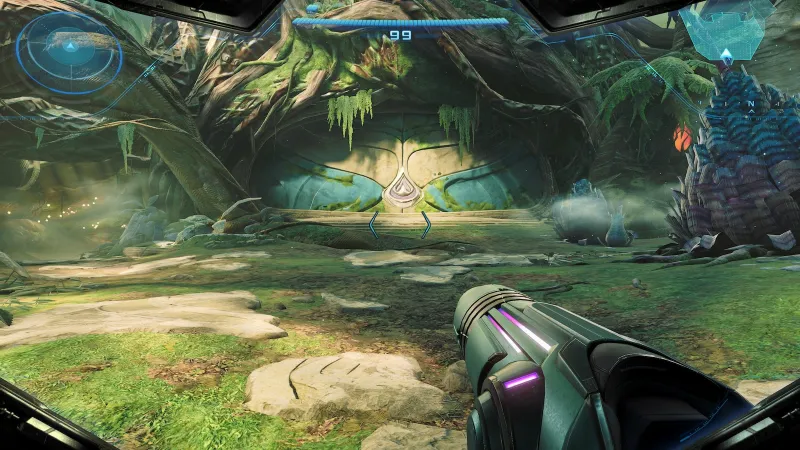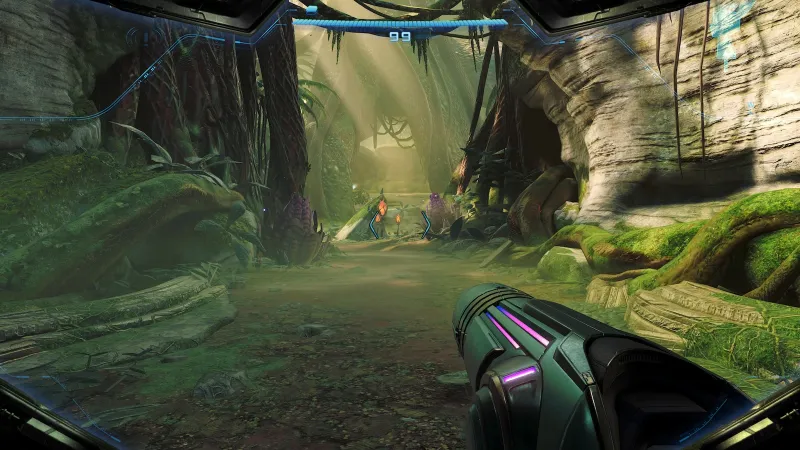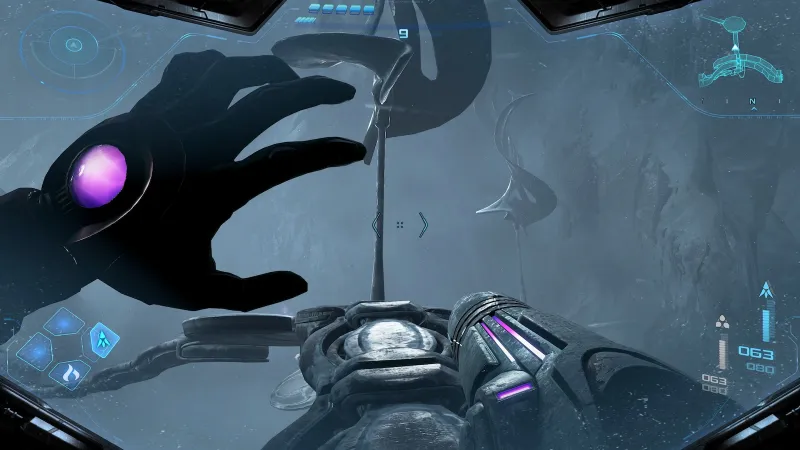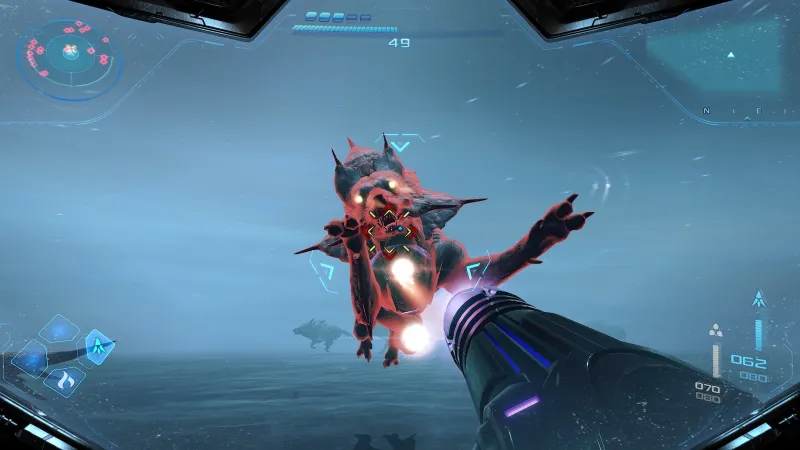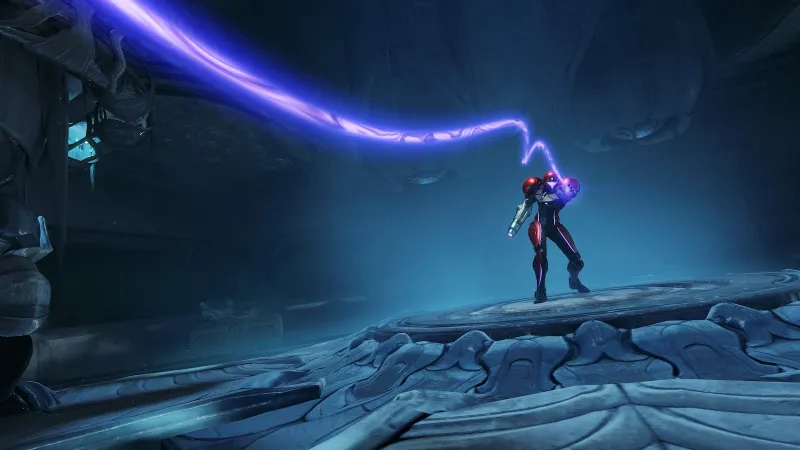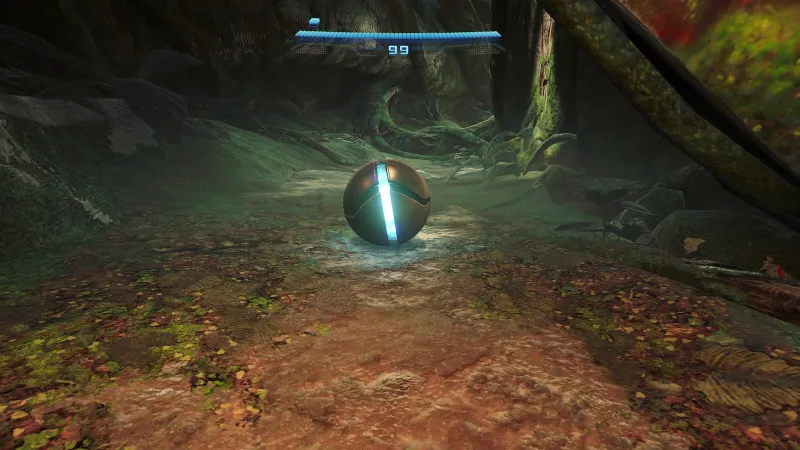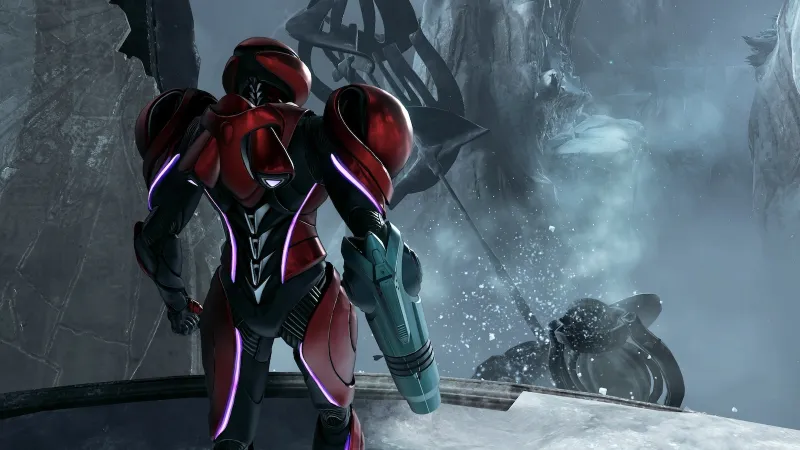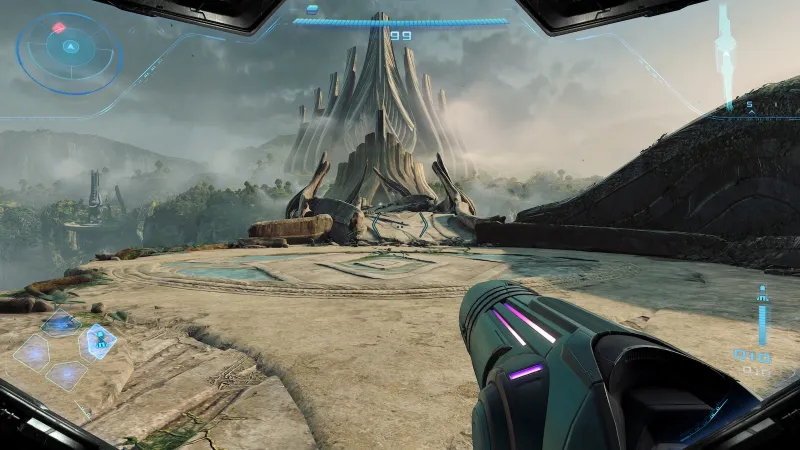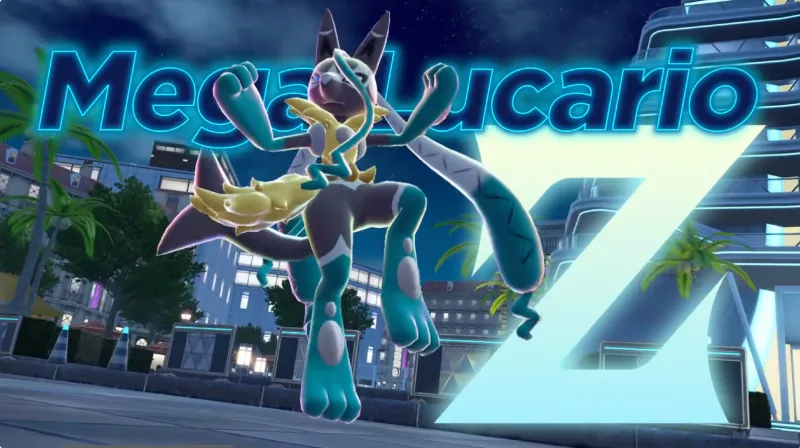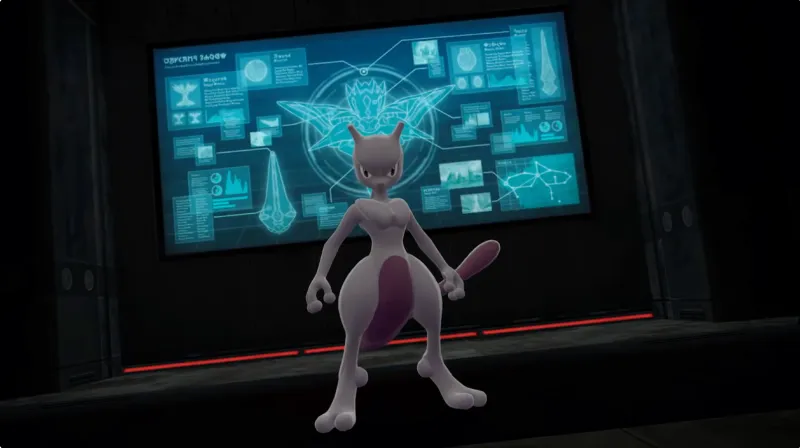Reading List
The most recent articles from a list of feeds I subscribe to.
Helldivers Movie Lands Fast & Furious Director Justin Lin
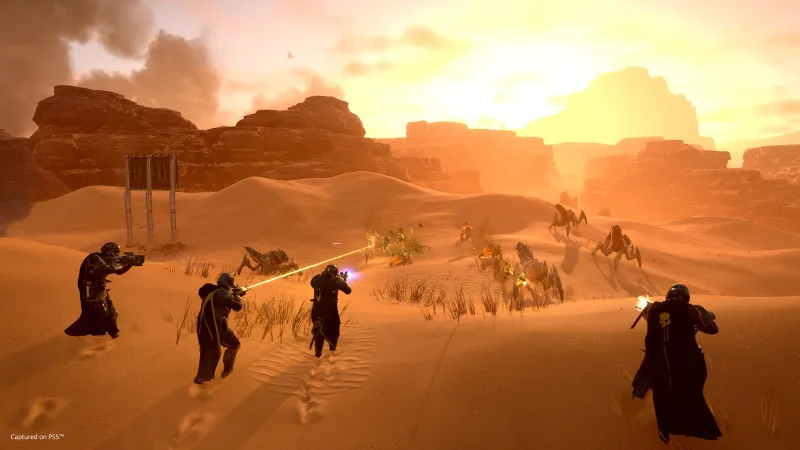
Helldivers is preparing to launch a dropship to a theater near you via an upcoming film adaptation, and it just landed a big-time director. Justin Lin, best known for directing several installments in the Fast & Furious franchise, will helm the project.
Per The Hollywood Reporter, the Helldivers movie comes from Sony Pictures and PlayStation Productions, with Justin Lin’s Perfect Storm Entertainment helping produce. Lin’s credits include directing most of the installments in the Fast & Furious series, starting with The Fast and the Furious: Tokyo Drift (2006) and continuing with Fast & Furious (2009), Fast Five (2011), Fast & Furious 6 (2013), and F9 (2021).
According to THR’s sources, Lin is not a gamer and is leveraging this in his pitch to “find the humanity in the characters and weave timely themes into the story, while building out a world and mythology.” The script for Helldivers is penned by Gary Dauberman, the writer behind the It and Annabelle franchises, as well as The Nun. Dauberman also wrote this year's Until Dawn, so Helldivers will be his second video game adaptation.
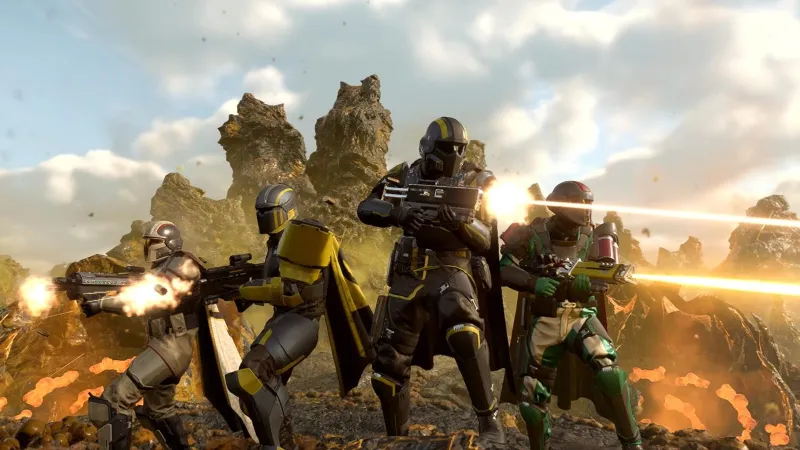 Helldivers 2
Helldivers 2
Given that Helldivers is essentially a video game version of the cult classic film Starship Troopers, turning it into a movie does feel like the snake eating its tail. Helldivers centers on soldiers hailing from Super Earth, an uber-patriotic managed democracy, who defend the planet in an intergalactic war against alien bugs, as well as killer robots and other threats. The first game was released for the PlayStation 4 in 2015, and Helldivers 2 arrived on PlayStation 5 in 2024 to widespread acclaim and popularity.
The Helldivers movie does not have a specific release date or window. In the meantime, check out our reviews for Helldivers and Helldivers 2. You can also read about other upcoming video game adaptations, including a new fifth Sonic the Hedgehog film, Call of Duty, and PlayStation's own Horizon Zero Dawn.
[Source: The Hollywood Reporter]
Metroid Prime 4: Beyond Review - Worth The Wait
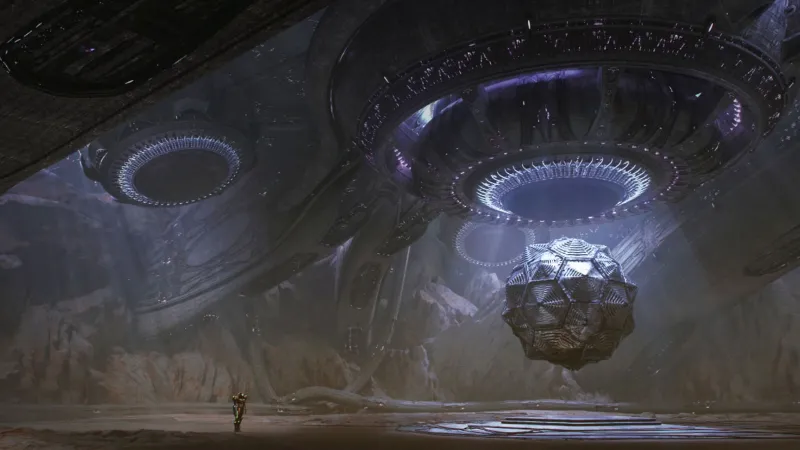
Reviewed on:
Switch 2
Platform:
Switch
Publisher:
Nintendo
Developer:
Retro Studios
Release:
Video games are my favorite medium of artistic expression because they allow you to explore and exist in fully realized worlds. The Metroid franchise persists and is important to longtime game fans because it was an early touch-point for this kind of interactive experience. From its beginning, Metroid excelled at making you feel like you were in a science-fiction world that you were exploring at your own pace. Metroid Prime 4: Beyond maintains the high standard set by previous games in the series with incredible atmosphere and subtle touches that make the planet of Viewros look and sound real, but it is not without a handful of annoyances that hinder the immersion.
For the fourth entry in the Prime sub-series, Samus finds herself at the service of the Lamorn, an ancient race of aliens that are not the Chozo, but are certainly similar. She is the prophesied warrior that will help them recover, and that means exploring a large desert flanked by a handful of fascinating locations each housing upgrades and teleportation keys.
There are perhaps Nintendo games with more striking art direction, but Metroid Prime 4, with the support of Switch 2, is arguably the best-looking game the publisher has ever released. The industrial settings glow with impressive lighting and effects, and looking out into the natural environment is stunning. Developer Retro Studios is an expert at setting a lonely, alien mood and I was always enamored by the impressive mechanical animations of all the otherworldly hardware. My favorite location, the floating motorcycle factory energized by perpetual lightning storms, feels genuinely dangerous and scary. I was less enthused by locations like the snowy laboratory or the bland mines, but moving through them all is exciting and rewarding.
The first-person action gameplay is familiar to previous Prime games and feels good. Samus' new psychic powers don’t radically change the fun lock-on, shooter gameplay, but I enjoyed remote controlling the Control Beam at opportune times in boss fights and to solve puzzles. The pacing and unfolding of each location are immaculately designed, funneling you toward objectives while consistently planting seeds that make you want to return later with expanded abilities. The desert hub area where Samus drives her motorcycle between objectives is the perfect size: Big enough that the motorcycle feels necessary, but not so big that you are ever driving for too long.
A recurring task assigned to Samus throughout the game in the desert is collecting green crystal energy. I enjoyed ping-ponging between the crystals and running over them with my motorcycle, but didn’t love that I hit an end-game roadblock where I had not collected enough to proceed and had to spend time growing my bank before I could pursue the finale.
And it is in the finale where I hit most of my road bumps. Narratively, the conclusion is underwhelming, and the story lead-up isn’t particularly compelling either. The small cast of Federation soldiers Samus encounters is generally charming and stays out of your way after their introduction. I was grateful I could call them when I wasn’t sure where to go, but they become burdens when they enter the action. Instead of being grateful for their help, I was annoyed that they would trigger game overs when I didn’t revive them fast enough. Thankfully, instances of their “help” in combat are rare. The vast majority of the game is spent in lonely silence.
Perhaps most disappointing, however, is the inability to re-enter your save before the point of no return after beating the game. I adore mopping up all the power-ups and turning over every last stone after seeing credits in this genre, but unless you create a back-up before the final area (something the game does not encourage you to do), your only way to collect what you may have missed is to restart, which I did on the unlocked hard difficulty, but I was not happy about it.
My annoyances with Beyond are vastly overshadowed by a pristine, rock-solid science-fiction exploration experience. Discovering all Viewros has to offer is incredibly rewarding and delivers an unmatched sense of alien ambiance. The wait for a new Metroid Prime has been long, but it only takes a few minutes in Beyond to remember why we have been so eager to re-enter this universe for the past 18 years.
Score: 8.75
Pokémon Legends: Z-A Trailer Reveals Mega Lucario Z, Mewtwo Side Mission Now Available
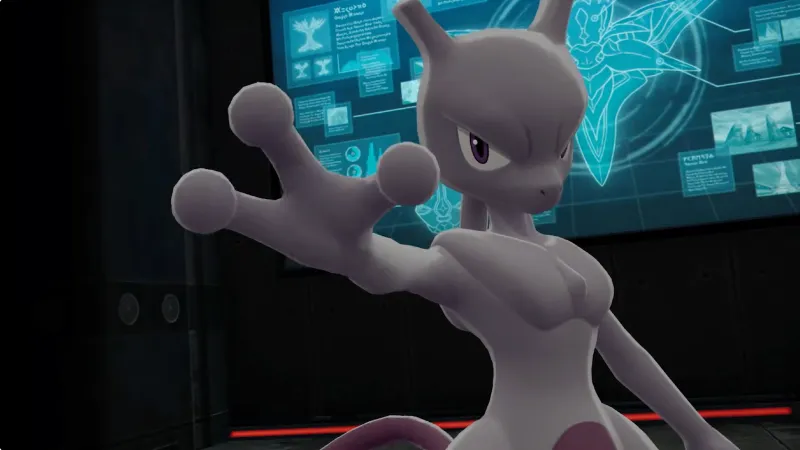
Pokémon Legends: Z-A might have launched on the Nintendo Switch and Switch 2 back in October, but developer Game Freak is apparently nowhere near done with adding content to the game. Ahead of the upcoming Mega Dimension DLC's launch next week on December 10, Game Freak has revealed Mega Lucario Z, a new Mega-Evolved form of the fan-favorite Pokémon, alongside word that a new Mewtwo side mission and Mystery Gift are now available in the base game.
Before beginning this new side mission, head to Mystery Gift starting today to obtain Mewtwonite X and Mewtwonite Y, which will allow you to evolve a Mewtwo into Mega Mewtwo X and Mega Mewtwo Y. Once you have those stones, a new side mission will appear in Lumiose – head there to begin the mission that eventually leads to an encounter with Mewtwo where you can catch the legendary Pokémon and add it to your party.
Here's a look at the trailer highlighting this new mission:
Game Freak also released a new trailer today highlighting Mega Lucario Z, which will be obtainable exclusively in the upcoming Mega Dimension DLC, which goes live on December 10. Mega Lucario is already pretty great – Mega Lucario Z looks even better, and we can't wait to see how it performs in combat.
Check out the Mega Lucario Z trailer below:
Pokémon Legends: Z-A is available on Switch 2 and Switch. The Mega Dimension DLC launches next week, on December 10, for $29.99.
In the meantime, check out this reveal trailer for Mega Zeraora, and then read Game Informer's Pokémon Legends: Z-A review.
What do you think of Mega Lucario Z's design? Let us know in the comments below!
Paramount Announces A New 'Sonic Universe' Film For Holiday 2028
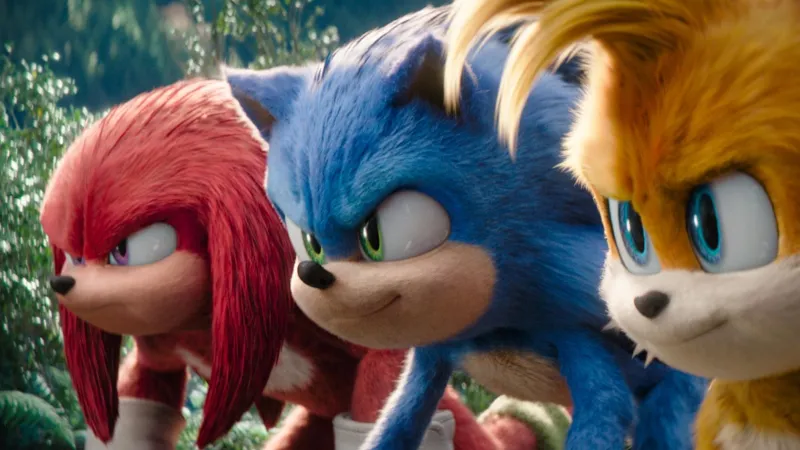
Paramount has announced a new live-action Sonic film slated to release during the 2028 holiday season. The film is being dubbed as a “Sonic universe” movie, suggesting it could be some type of spin-off instead of a direct numbered sequel.
Per Deadline, all we know about this yet-to-be-titled fifth Sonic film project is that it will be produced by Mortiz’s Original Film and Sega Sammy Group. The project does not have a director attached, nor an announced cast. The previous three Sonic movies have all been directed by Jeff Fowler and have starred Ben Schwartz as Sonic, Jim Carrey as Dr. Robotnik, James Marsden as Tom Wachowski, with Idris Elba and Colleen O'Shaughnessey as Knuckles and Tails, respectively.
Whatever form this movie takes, it will arrive over a year after the already announced Sonic the Hedgehog 4, scheduled to hit theaters on March 19, 2027. Though it may be a little strange to announce another Sonic movie when we hardly know anything about the next one, it's not unexpected given the box office successes of the last three films. The Sonic film trilogy has grossed a combined $1.2 billion.
Your guess is as good as ours as to what this Sonic universe film will be. Is it merely Sonic 5, or a spin-off starring a different character à la the Paramount+ Knuckles series? Let us know what you think in the comments.
[Source: Deadline]
Game Director David Grivel Rejoins Splinter Cell Remake After Leaving In Late 2022
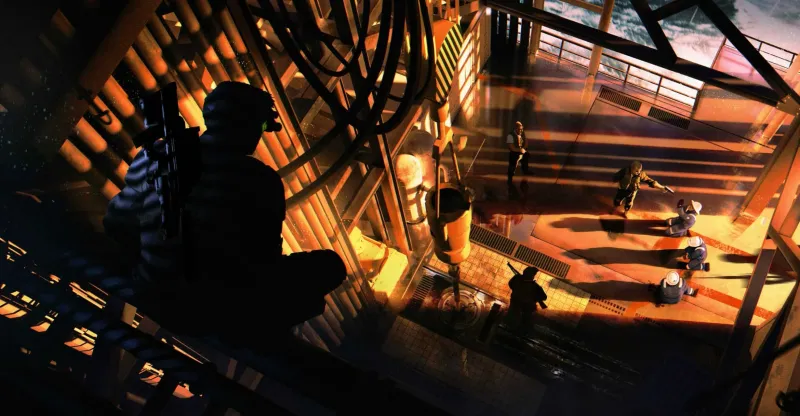
It's been nearly four years since Ubisoft announced its Splinter Cell remake, but the developer doesn't have much to show off quite yet, outside of a few pieces of concept art. Last week, however, we did get a minor production update on the project from someone with firsthand knowledge of the game. David Grivel is returning as Splinter Cell remake's game director, a role he held years ago before leaving to work at EA.
"Today, I am very, VERY happy to announce that I'm rejoining Ubisoft Toronto as Game Director on the Splinter Cell Remake!" Grivel's LinkedIn post announcing the news reads. "A very special team and project to me," the message concludes, complete with a heart emoji. (Thanks to GamesRadar, which noticed this post before we did.)
According to his LinkedIn profile, Grivel worked at Ubisoft from 2011 to 2022, spending most of his time at the Toronto offices as a senior or lead game designer, with credits on projects like Assassin's Creed Unity, Far Cry 5, 6, and Primal, and most importantly, Splinter Cell: Blacklist. Starting in 2021, he transitioned to being the game director on the Splinter Cell remake, a position he held until late 2022, when he left to work on Battlefield 6. He briefly returned to Ubisoft in 2024, but left to join a studio, Worlds Untold, that unfortunately shut down right as he was supposed to be starting.
Now, Grivel has returned to the team he left three years ago, though it's unclear what, if anything , this means for the remake, especially since the last update came a month or so after he left, before any real impact would have been clear. At the very least, it's a sign of life that confirms Ubisoft still intends to follow through with the project. Here's hoping we'll see a more concrete update sometime soon.
[Source: GamesRadar]
